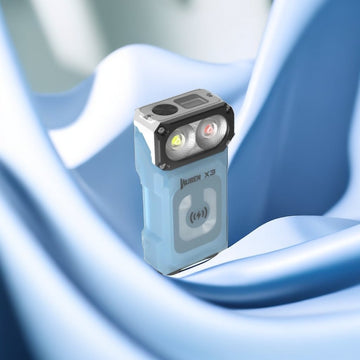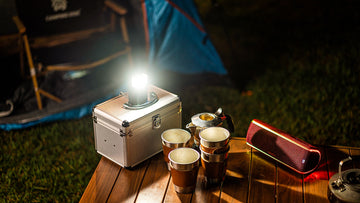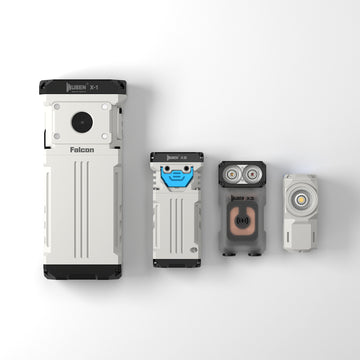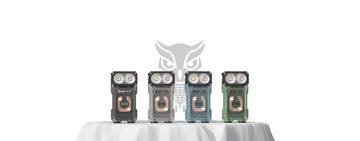
Brightness, as perceived by the human eye, depends on various factors, including the number of lumens emitted, the distance between the light source and the object, and the reflectance of the object's surface. Our eyes are sophisticated instruments, but they have limitations too. Understanding the relationship between lumens and perceived brightness is essential to make appropriate lighting decisions.
The process of measuring lumens involves specialized equipment, such as integrating spheres, which capture the light emitted from a source and calculate the total lumens output. This measurement technique enables manufacturers to provide accurate lumen ratings for their products. However, it's crucial to remember that lumens alone do not convey the complete picture of the quality of light or its distribution.
To comprehend the brightness of 400 lumens, it's helpful to compare it with other light sources. For instance, a 40-watt incandescent bulb typically emits around 400 lumens, making it a common reference point. However, the same lumen rating in LED or fluorescent lighting might produce a different visual impact due to variations in light distribution and color temperature.
In a home setting, 400 lumens can offer adequate illumination for smaller rooms or serve as supplementary lighting for larger spaces. For example, in a bedroom, a bedside lamp with 400 lumens can create a cozy ambiance for reading or relaxation. Understanding the lumen output helps us tailor lighting solutions to meet specific needs and preferences.
Optimal lighting design goes beyond just the number of lumens. Proper fixture placement, the use of lampshades, and the strategic use of task and ambient lighting can enhance the overall lighting experience. With 400 lumens as a reference point, homeowners and interior designers can focus on creating spaces that are both functional and visually pleasing.
Different spaces demand varying levels of brightness. For instance, a kitchen or workspace may require higher lumens to ensure ample visibility, while a living room might benefit from softer, more ambient lighting. Tailoring the lumen output to the setting ensures that the lighting complements the intended activities and atmosphere.
While brighter lighting may seem desirable, it's essential to strike a balance between brightness and energy efficiency. Opting for energy-efficient LED bulbs with lower wattage but higher lumens can provide the desired brightness while consuming less power and contributing to sustainability efforts.
Other factors to consider when choosing lighting:
- Color temperature: Color temperature is measured in Kelvin and refers to the warmth or coolness of the light. For example, a light with a color temperature of 2700 Kelvin is considered warm, while a light with a color temperature of 4000 Kelvin is considered cool.
- Color rendering index (CRI): The CRI is a measure of how accurately colors appear under a light source. A CRI of 100 is the highest possible rating, and a CRI of 80 or above is considered good.
- Beam angle: The beam angle refers to the spread of light from a light source. A wider beam angle will provide more ambient lighting, while a narrower beam angle will provide more focused lighting.
Understanding the concept of lumens and their relationship to brightness empowers individuals to make well-informed lighting decisions. The significance of 400 lumens lies not only in its numerical value but also in how it translates to practical applications across various settings. By exploring different light sources and considering factors like color temperature and CRI, individuals can create lighting environments that optimize both functionality and aesthetics, all while being mindful of energy efficiency. So, the next time you encounter the specification of 400 lumens, you'll have the knowledge to appreciate just how bright it can truly be.
Related articles:
How Bright is 200 Lumens?
How Bright is 450 Lumens?




